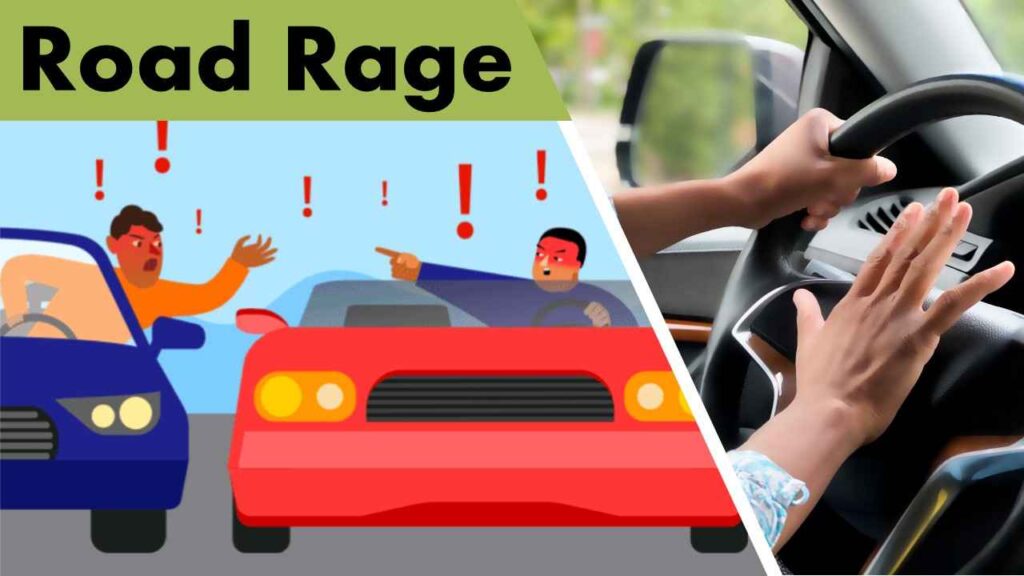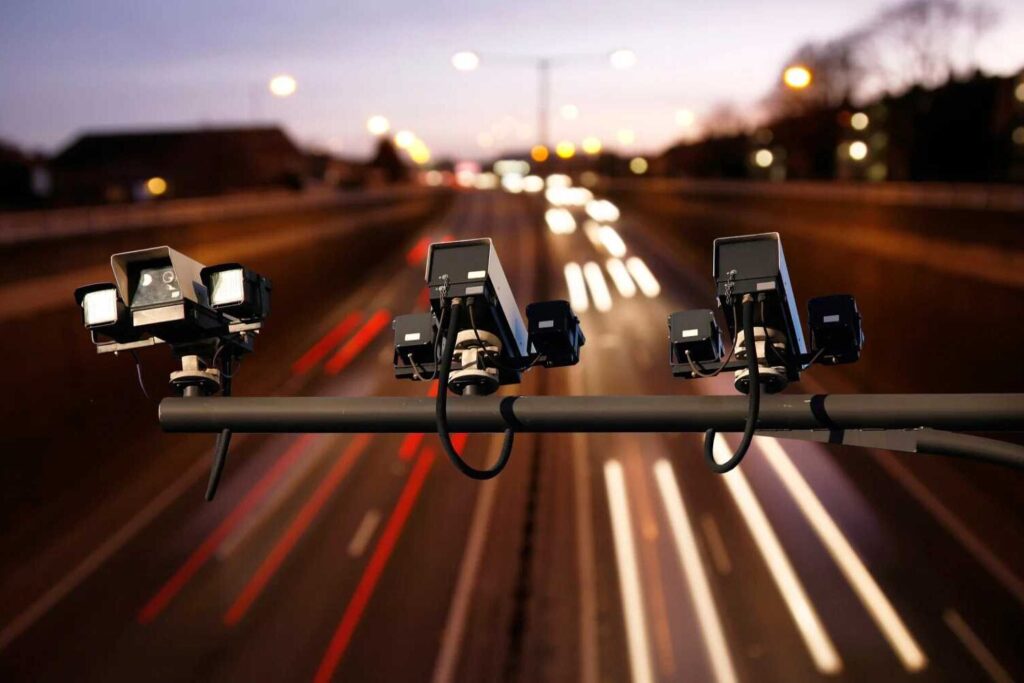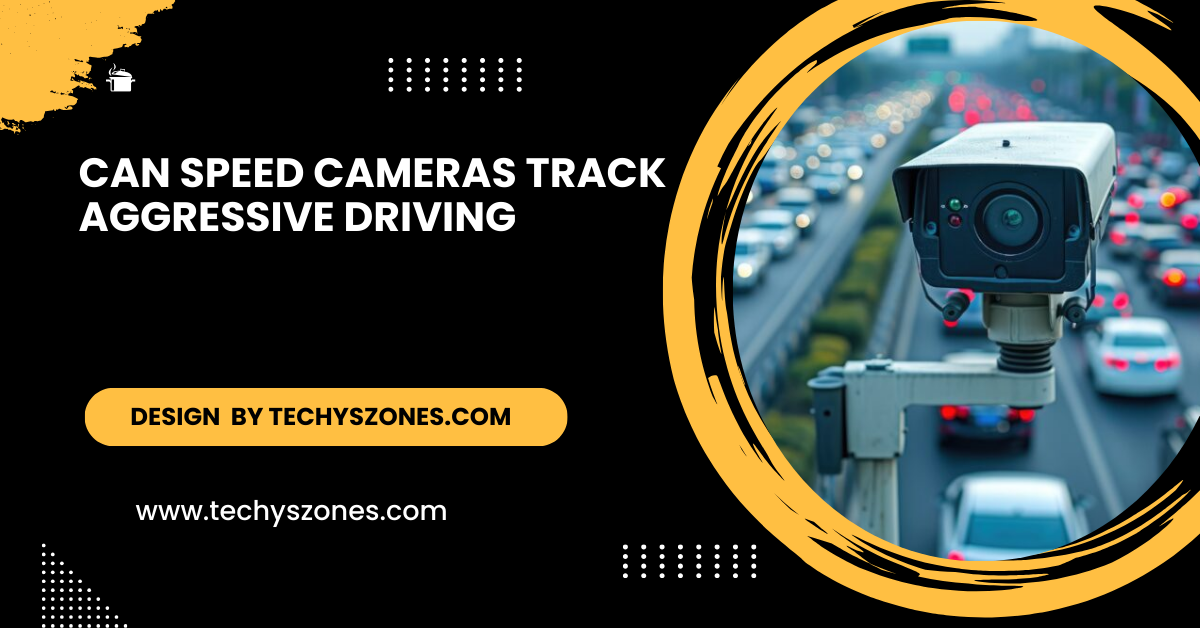Can Speed Cameras Track Aggressive Driving – The Potential Of Speed Cameras!
Explore how speed cameras are evolving to effectively track aggressive driving behaviors and their significant impact on overall road safety today.
In this article, we explore the capabilities of speed cameras in tracking aggressive driving behaviors beyond just speeding. We discuss technological advancements that enhance their effectiveness and the integration of various data sources for better traffic enforcement.
Understanding Aggressive Driving:

Aggressive driving is a term used to describe a range of dangerous driving behaviors that pose risks to everyone on the road. It includes:
- Tailgating: Following another vehicle too closely, reducing the time available to react in emergencies.
- Frequent Lane Changes: Weaving in and out of traffic without signaling can create confusion and increase the chance of collisions.
- Excessive Speeding: Driving significantly over the speed limit or inappropriately fast for conditions.
- Road Rage: Engaging in hostile behavior toward other drivers, including yelling, gesturing, or using a vehicle to intimidate.
These behaviors not only endanger the aggressive driver but also threaten the safety of other road users, potentially leading to accidents and injuries.
The Role of Speed Cameras:
- Primary Function: Speed MonitoringSpeed cameras are equipped with advanced radar and sensor technology that allows them to accurately measure the speed of vehicles as they pass. Their main objective is to catch speeding motorists, which is a significant contributor to traffic accidents.
- Detection of Aggressive Driving:While speed cameras are adept at identifying speeding vehicles, they have limitations when it comes to detecting other forms of aggressive driving. For instance.
- Tailgating: Speed cameras alone cannot determine if a vehicle is too close to another. This requires additional surveillance technology that observes the spatial relationship between vehicles.
- Erratic Maneuvers: Speed cameras do not record driving patterns like sudden lane changes or sharp turns, which are indicative of aggressive driving.
Can speed cameras effectively track aggressive driving behaviors, and what technologies are involved?
Speed cameras are primarily designed to monitor vehicle speed, but advancements in technology have expanded their capabilities to potentially identify aggressive driving behaviors. While traditional speed cameras can detect vehicles exceeding speed limits, they lack the ability to analyze driving patterns such as tailgating or erratic lane changes directly.
However, the integration of artificial intelligence and machine learning can enhance speed cameras by allowing them to recognize patterns associated with aggressive driving, such as sudden accelerations or frequent lane shifts.
Moreover, combining speed cameras with other data sources, such as traffic surveillance cameras and driver reports, can provide a more holistic view of driving behaviors on the road. This interconnected approach allows law enforcement agencies to identify trends and patterns in aggressive driving, facilitating more effective enforcement measures.
Read More: Why Are Greyscales For Cameras So Expensive – Understanding Their Value and Cost!
Advancements in Technology:
Modern speed cameras are increasingly incorporating advanced technologies that may help identify aggressive driving patterns:
- AI and Machine Learning: These technologies can analyze data collected by speed cameras to recognize patterns of behavior that suggest aggression, such as frequent speed fluctuations or sudden braking.
- Data Analytics: With integrated systems, speed cameras can combine data from various sources, such as traffic cameras, to create a more comprehensive profile of driving behaviors in real time.
Combining Data Sources:

To effectively address aggressive driving, speed cameras need to be part of a broader traffic management system. The integration of multiple data sources can enhance their effectiveness:
- Traffic Cameras: When combined with traffic cameras, speed cameras can gather more information about vehicle behavior, including lane usage and distance between vehicles.
- Mobile Apps and Reports: Some regions are using apps that allow drivers to report aggressive behavior. This information can be cross-referenced with data from speed cameras to identify repeat offenders.
Limitations of Speed Cameras:
Despite their potential, speed cameras face several limitations in tracking aggressive driving:
- Behavioral Nuance: Aggressive driving encompasses a range of behaviors that are often subjective and require human judgment. Speed cameras lack the ability to interpret the context behind a driver’s actions.
- Legal Implications: In many jurisdictions, proving aggressive driving requires substantial evidence beyond just speed violations. Police may need witness accounts or video footage to support charges of aggressive driving.
- Privacy Concerns: The use of extensive surveillance technology raises privacy issues, leading to public pushback against increased monitoring.
What are the limitations of speed cameras in identifying aggressive driving behaviors?
While speed cameras are becoming more sophisticated, they still have inherent limitations when it comes to identifying aggressive driving behaviors. One major limitation is that speed cameras primarily focus on measuring speed and do not capture the nuances of driving behavior. For instance, they cannot directly detect tailgating, weaving in and out of traffic, or road rage incidents.
Additionally, legal challenges can arise in prosecuting aggressive driving based solely on speed camera data. In many jurisdictions, aggressive driving is defined by a combination of behaviors rather than a single action, which necessitates clear evidence.
This may include eyewitness accounts or video footage to substantiate claims of aggressive driving. Without this additional evidence, it can be difficult to hold drivers accountable for their actions, potentially leading to challenges in enforcement.
Read More: Linux Bind Camera To Fixed /Dev/Video – Set a Fixed /dev/video Path for Cameras!
The Future of Traffic Enforcement:
As technology continues to advance, the possibilities for speed cameras to play a more significant role in identifying aggressive driving behaviors grow. Innovations that may shape the future of traffic enforcement include:
- Connected Vehicle Technology: Vehicles equipped with sensors can communicate with each other and traffic infrastructure, potentially providing data on aggressive driving behaviors in real time.
- Smart Traffic Systems: Cities are exploring the implementation of intelligent traffic management systems that utilize big data analytics to predict and mitigate aggressive driving behaviors.
- Public Awareness Campaigns: Combining technology with public education on the dangers of aggressive driving can further enhance road safety.
FAQ’s
1.Can speed cameras detect tailgating?
No, traditional speed cameras cannot directly detect tailgating; they primarily monitor speed.
2.What technologies are improving speed cameras?
Technologies such as AI and machine learning are enhancing speed cameras’ ability to analyze driving behaviors.
3.How do speed cameras contribute to road safety?
By monitoring both speed and aggressive driving behaviors, speed cameras help reduce dangerous driving incidents.
4.Are speed cameras effective against aggressive driving?
They can be effective when combined with other data sources, but they have limitations in identifying all aggressive behaviors.
5.What is needed to enforce aggressive driving laws?
Clear evidence, such as video footage or eyewitness accounts, is often required to enforce laws against aggressive driving.
Conclusion
While speed cameras primarily track speeding violations, their potential to monitor aggressive driving behaviors is evolving with technological advancements. By integrating speed cameras with other systems and leveraging AI and data analytics, law enforcement can improve their ability to identify and address aggressive driving. This comprehensive approach not only aims to enhance public safety but also fosters a culture of responsible driving on our roads.







